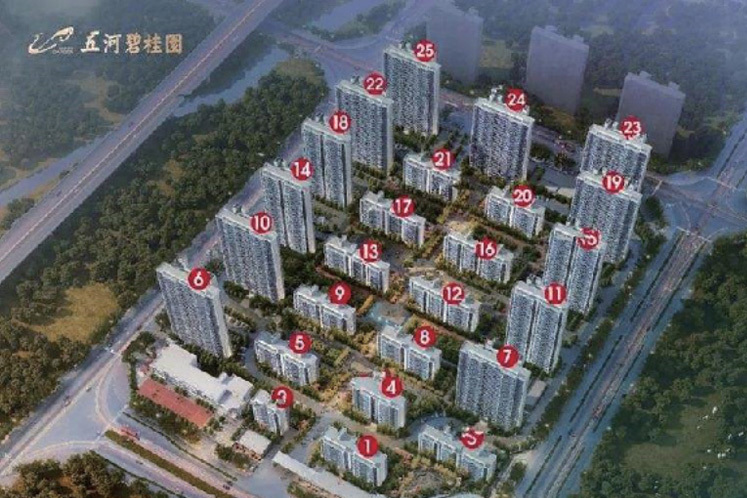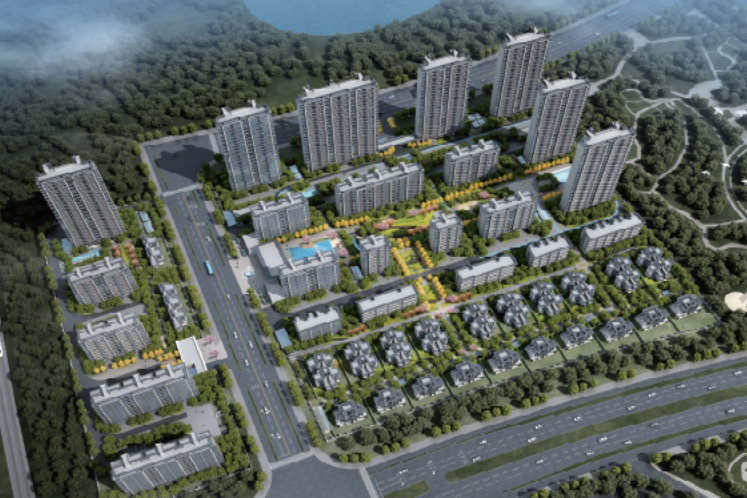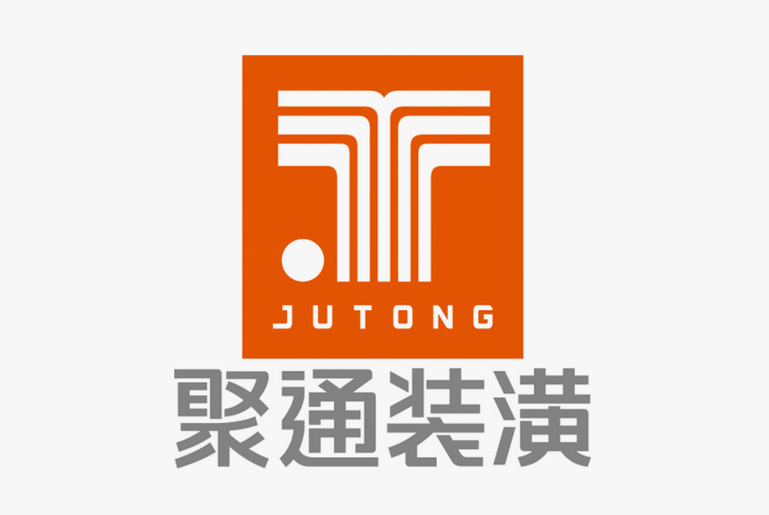
Green building materials
Anhui Runsipu Environmental Protection Technology Co., Ltd.
In 2020, PLIITH Biotechnology Co., Ltd. invested RMB 8.6 billion in Sanshan District, Wuhu City to establish a polylactic acid project with an annual output of 350,000 tons. In the process of producing polylactic acid, in order to extract lactic acid, in addition to lactic acid, a large amount of lactic acid by-product calcium sulfate is also produced, with a purity greater than 87% and a whiteness greater than 82%. PLIITH's annual production of 50,000 tons of polylactic acid project can produce more than 100,000 tons of lactic acid by-product calcium sulfate each year.
Although there are a small amount of organic acid residues and trace organic impurities in the lactic acid byproduct calcium sulfate, its effective ingredient CaSO4*2H20 has a high content. After removing organic acids and organic impurities, it is a high-quality production raw material with strong gypsum characteristics. After high-temperature treatment in the furnace, it is more suitable for wall materials. Drawing on the comprehensive utilization results of foreign countries and the results of previous research in the country, the performance of lactic acid byproduct calcium sulfate processed products can be on par with natural dihydrate gypsum, and the purity is higher than natural gypsum. It can be widely used in concrete, aerated concrete blocks, fly ash bricks, and wall plastering materials.
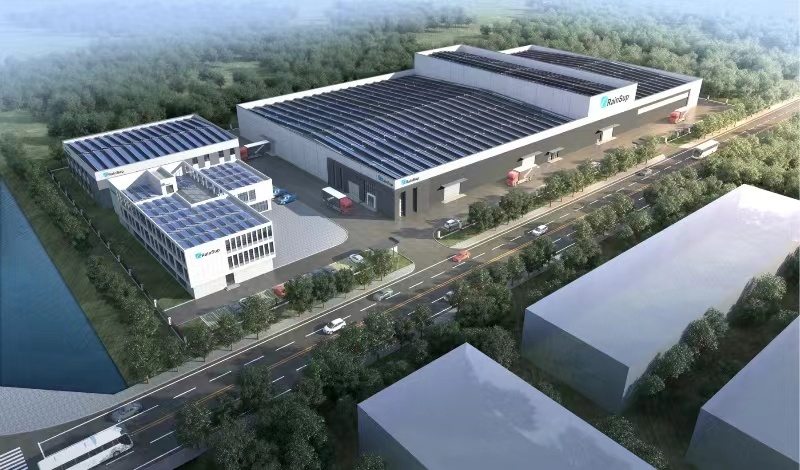
With the rapid economic development and increasing environmental protection requirements in recent years in our country, using lactic acid by-product calcium sulfate as a raw material for projects and applying the synthetic method to produce synthetic gypsum can not only reduce the waste of industrial by-products, but also develop the local economy. Fully considering the local resource conditions and industry relevance, combined with the national advocacy of sustainable development requirements and the principles of circular economy, the project can be integrated into the local circular economy industrial chain, which is in line with local industrial direction. The project covers an area of approximately 37.4 mu and has a total construction area of 16,481.52 square meters.
Product overview
Gypsum mortar is a new type of wall plastering material and floor leveling material. It is made from hemihydrate gypsum as the base material, high molecular polymer as the binder, and inorganic fillers after dry mixing. It is a new type of improved interior wall plaster material that changes the traditional practice of using cement-based binders. It has excellent compatibility and adhesion with various types of wall and floor surfaces.
Lightweight Plastering Gypsum Mortar
The lightweight plastering gypsum mortar produced by Anhui Runsipu Environmental Technology Co., Ltd. is a finished plastering gypsum made from desulfurization gypsum as the main binder, along with appropriate additives and inorganic lightweight aggregates, pre-mixed in the factory. It is designed according to the deformation coefficients of base materials in natural environments, stress release characteristics, and actual impact resistance requirements. It can widely replace traditional leveling cement mortar and has certain thermal insulation and soundproofing effects, suitable for plastering and leveling of interior walls and floor slabs in indoor dry areas.
Standard applied
Moderate compressive and flexural strength.
High gypsum content and good bonding strength.
Good air permeability allows the thermal insulation wall to breathe.
Standard applied
GB/T 28627-2012: Gypsum Plaster
Application scope
The product is mainly used for plastering and leveling of interior walls and floors (aerated blocks, brick walls, concrete walls, and ceilings) in dry areas, with wall construction thicknesses of 6-15 mm and a maximum ceiling plastering thickness of less than 10 mm.
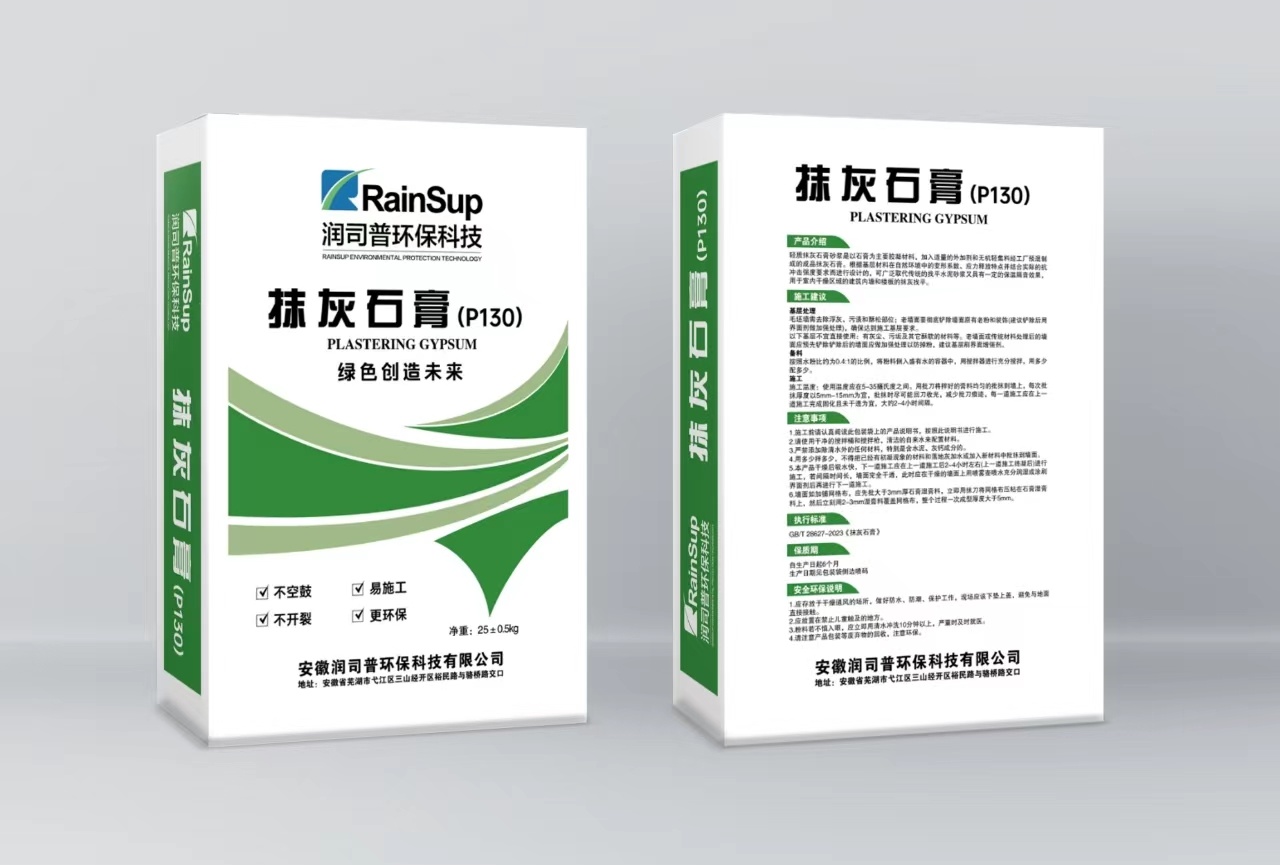
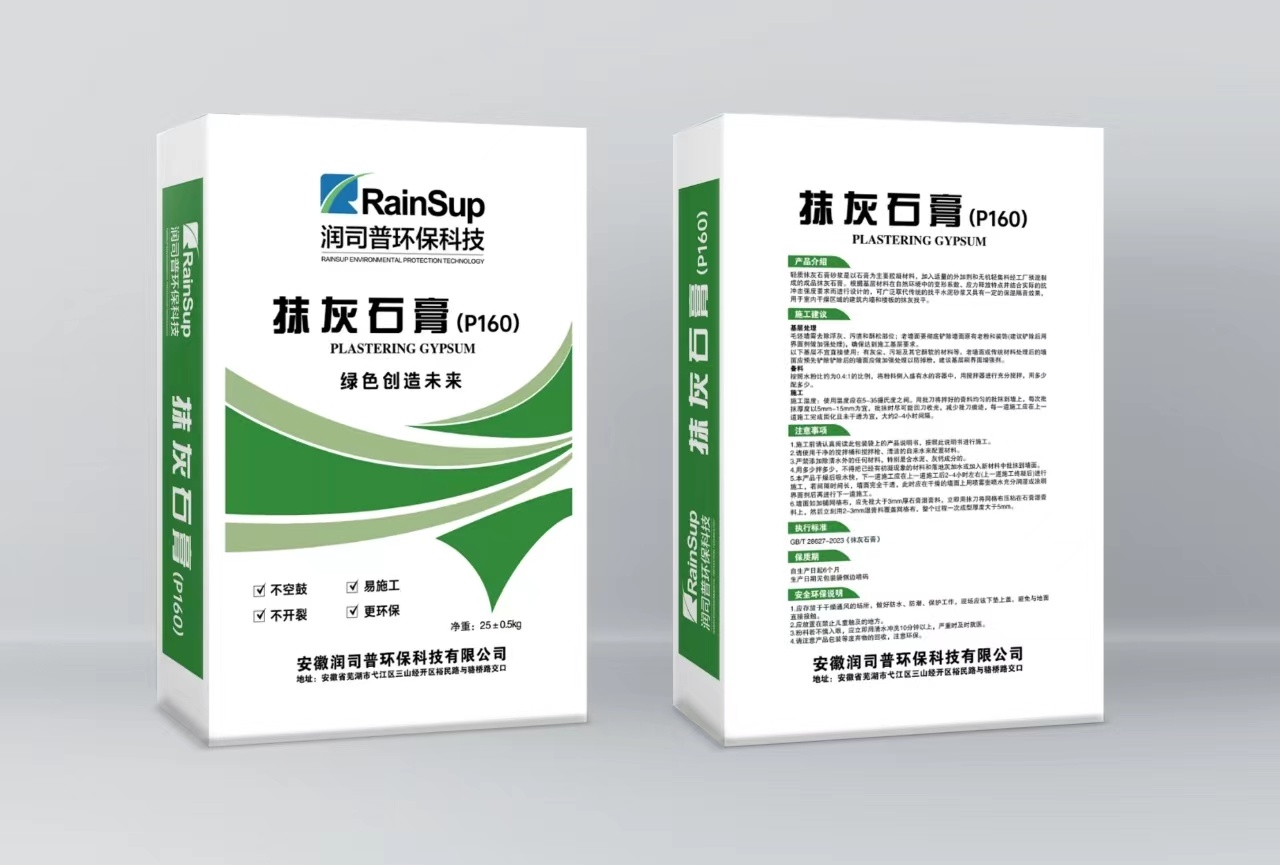
Technical requirement
| Inspection items | Unit | Testing standards | Actual measurement results | |
| Moisture retention | % | ≤60 | 76 | |
| Compressive strength | MPa | ≥2.5 | 3.3 | |
| Flexural strength | MPa | ≥1 | 1.4 | |
| Tensile bonding strength | MPa | ≥0.3 | 0.4 | |
| Setting time | Initial setting | h | ≥1 | 2.8 |
| Final setting | h | ≤8 | 4.2 | |
Base Layer Plastering Gypsum Mortar
The base layer plastering gypsum is a finished base layer plaster made from desulfurization gypsum as the main binder, along with appropriate additives, pre-mixed.
Characteristic
Moderate compressive and flexural strength.
High gypsum content and good bonding strength
Perfect match with the performance of new lightweight blocksExcellent construction performance and environmentally friendly
Standard applied
GBIT 28627-2012 Gypsum Plaster
Application scope
The product is mainly used for base layer plastering and leveling of interior walls and floors (aerated blocks, brick walls, concrete walls, and ceilings) in dry areas.
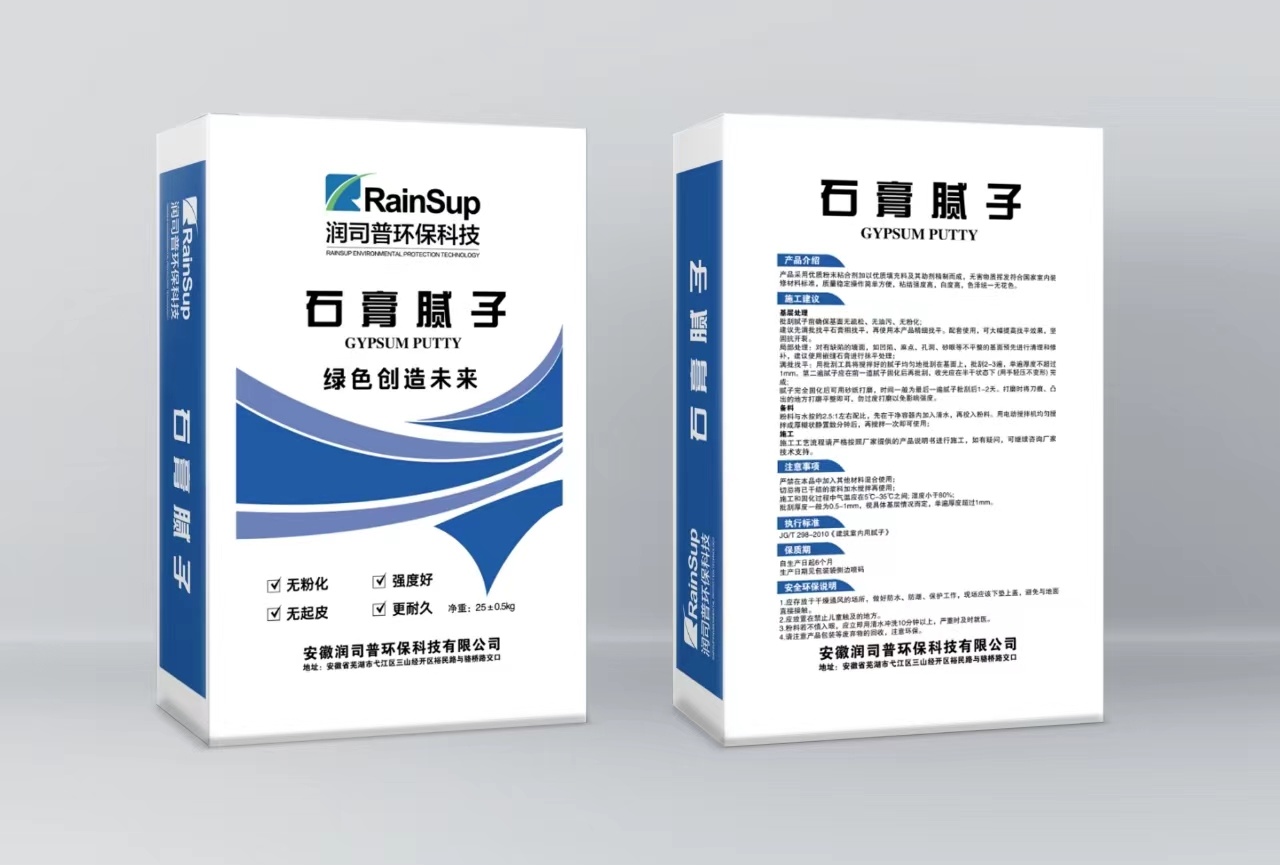

Technical requirement
| Inspection items | Unit | Testing standards | Actual test results | |
| Moisture retention | % | ≤75 | 81 | |
| Compressive strength | MPa | ≥4 | 5 | |
| Flexural strength | MPa | ≥2 | 2.8 | |
| Tensile bonding strength | MPa | ≥0.4 | 0.5 | |
| Setting time | Initial setting | h | ≥1 | 2.3 |
| Final setting | h | ≤8 | 3.6 | |
Base layer gypsum mortar: Water = 1:0.24
Gypsum self-leveling mortar
Gypsum self-leveling mortar, with high-quality gypsum powder as the primary raw material, is also known as gypsum-based self-leveling mortar. It is a new, green, and high-tech flooring material. It can serve as a sub-base for various types of ground decorative materials and can also be used directly as a surface flooring.
Gypsum self-leveling mortar can replace traditional cement sand and fine stone concrete construction. It can meet all decorative surface layer construction needs with just one leveling process. The finished surface can be used for thin tiling of floor tiles, installation of wooden floors, adhesion of PVC plastic floors, and coating of epoxy and polyurethane floors. It is particularly suitable for floor heating systems (water heating/electric heating). It can be widely used for indoor floor leveling projects in industrial and residential buildings.
The development process of gypsum-based self-leveling mortar
Originated in Europe in the 1960s and occupied a significant share of the floor mortar market in Europe. In the 1980s, China began researching and developing gypsum-based self-leveling mortars and implemented some applications. By 2007, China formulated and implemented relevant specifications and standards JC/T1023-2007 Gypsum-Based Self-Leveling Floor Compound.
Product Standards and Test Results
JGJ/T 175-2018 Technical Standard for Self-Leveling Flooring Construction
JC/T1023-2007 Gypsum Based Self-Leveling Floor Compound
JC/T 985-2017 Cementitious Self-Levelling Compound for Floor
JC/T 1023-2007 Leveling Mortar for Construction
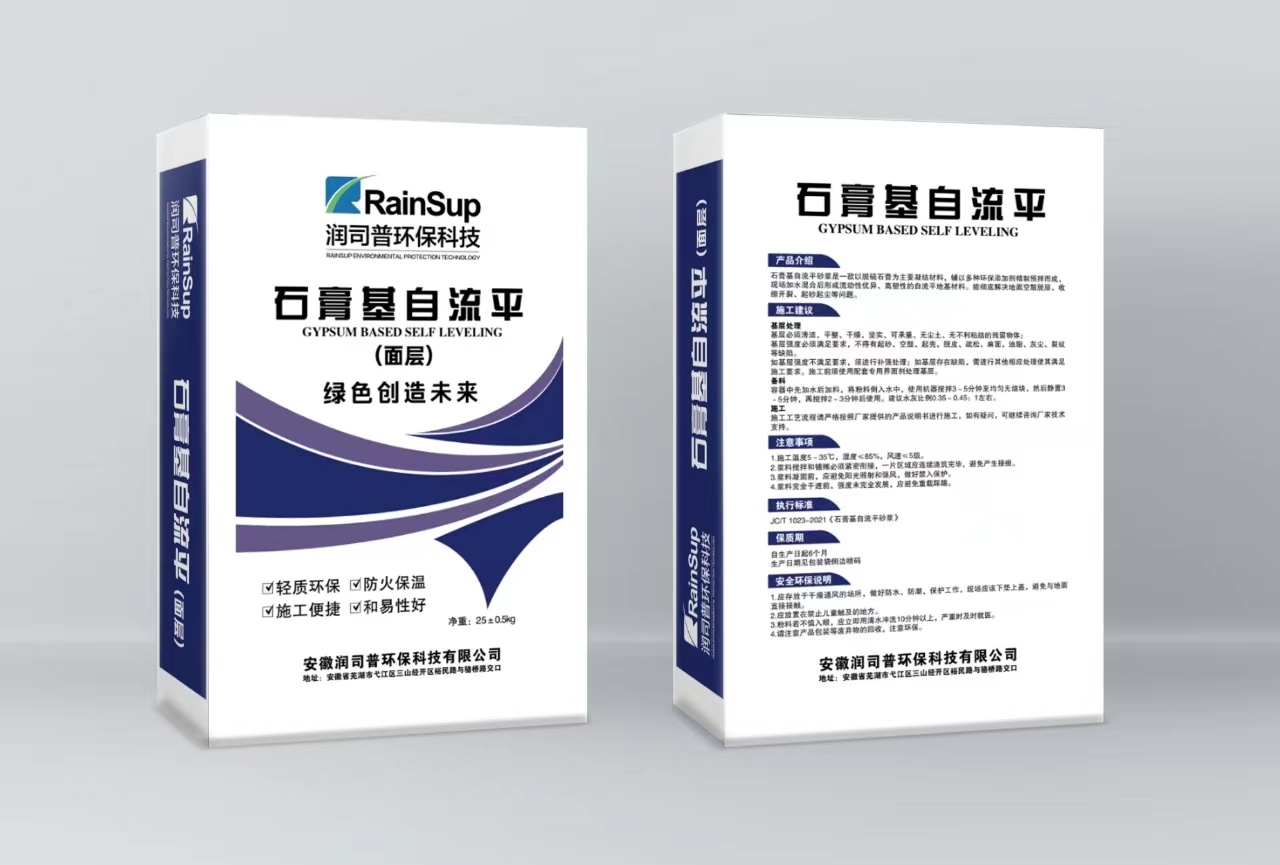
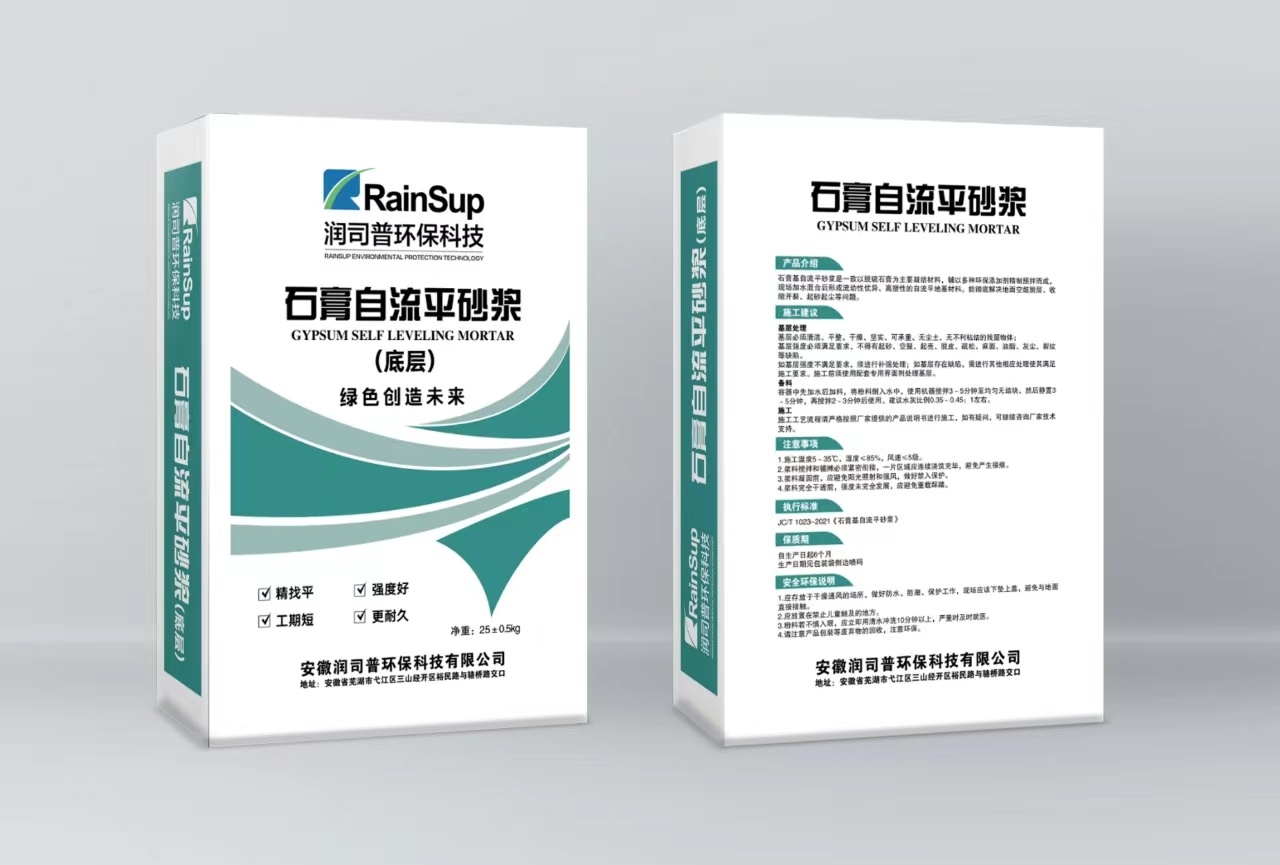
Technical requirement
| Number | Test Items | Standard requirements | Inspection results | Single conclusion | |
| 1 | Appearance | Uniformity, no lumps, no foreign matter | Uniformity, no lumps, no foreign matter | Qualified | |
| 2 | 30 minutes flow loss | ≤3mm | 2mm | Qualified | |
| 3 | Setting time | Initial setting | ≥1h | 90min | Qualified |
| Final setting | ≤6h | 180min | Qualified | ||
| 4 | Strength | 24-hour flexural strength | ≥2.5MPa | 2.7MPa | Qualified |
| 24-hour compressive | ≥6.0MPa | 6.8MPa | Qualified | ||
| Dry compressive | ≥7.5MPa | 7.9MPa | Qualified | ||
| Dry flexural | ≥20.0MPa | 23MPa | Qualified | ||
| Dry tensile bond | ≥1.0MPa | 1.2MPa | Qualified | ||
| 5 | Shrinkage rate | ≤0.05% | 0.03% | Qualified | |
Test Items: Appearance, setting time, 30-minute flow loss, strength (24-hour compressive, 24-hour flexural, dry compressive, dry flexural, dry tensile bond), shrinkage rate
Testing Basis: JC-T1023-2007 Gypsum Based Self-Leveling Floor Compound
Test conclusion: The sample is qualified according to JC-T1023-2007 standard.
Company Case
Cooperating Product: Lightweight plastering gypsum
Project Description: Total construction area of approximately 250,000 square meters, consisting of 25 buildings.
Cooperating Company: Jiangsu Jianzong Holding Group Co., Ltd.
Cooperating Product: Lightweight plastering gypsum
Project Description: Total construction area of approximately 370,000 square meters, including 7 high-rise buildings, 17 garden-style houses, and 20 villas.
Cooperating Company: Zhejiang Ruizhou Construction Co., Ltd.
Cooperating Product: Lightweight plastering gypsum
Cooperating Product: Lightweight plastering gypsum
Client Description: President unit of Shanghai Home Decoration Industry Association
Subsidiary Companies: Jutong Decoration, Tenglong Decoration, Shanghai Whole House Decoration, Tongji Decoration, etc.
Cooperating Product: Functional gypsum self-leveling base layer plastering gypsum
Comparison of advantages and disadvantages
Advantages of gypsum mortar:
1. Convenient construction; Safe and civilized, easy to control;
2. Low construction loss and suitable for thin plastering construction;
3. Good control effect on hollowing and cracking, easy to rectify in the later stage;
4. Short construction period;
5. Vertical transportation is less used, and there will be no cross construction conflicts with external walls in the later stage of construction, saving time and costs;
6. The process is simple, without the need for slurry throwing, with fewer leveling times and high survival quality;
7. The East China region is a major producer of gypsum, with sufficient supply of raw materials and competitive prices.
Disadvantages of gypsum mortar:
1. Softening coefficient of gypsum and cement
2. Not applicable to kitchens, bathrooms, and exterior walls
3. The product quality varies greatly
Comparison of usability
Shorten construction time
Compared to the construction process of cement mortar, the time required for gypsum mortar is greatly reduced in terms of final setting time and curing period. In this way, the next process can enter the site earlier, which can significantly shorten the interval between plastering and finishing layer construction, thereby saving considerable time and cost for the owner and the general contractor, especially for projects with tight schedules.
Comparison of Construction Techniques

Gypsum mortar plastering: base cleaning → laying out → hanging net → leveling with one layer of reinforcement → leveling with two layers of reinforcement

Cement mortar plastering: cleaning the base layer, pulling the hair, setting out the line, pasting the cake, hanging the net, reinforcing the bars, plastering the bottom layer, plastering the middle layer, and applying a touch of surface plaster
Comparison of Environmental Protection
1. Adjust indoor climate
During the hardening process, gypsum mortar will form countless tiny pores inside, which can effectively regulate indoor humidity, also known as breathable walls. In addition, gypsum mortar has a certain auxiliary insulation effect, which can improve indoor living environment.
2. Higher energy efficiency, environmental sustainability, and sustainability
Flue gas desulfurization gypsum can be used to reduce sulfur dioxide emissions; Energy saving and reducing carbon dioxide emissions.
3. Health and Environmental Protection
Gypsum has a pH value similar to human skin, below 7, and does not irritate or damage the skin;
Gypsum has biological solubility, and gypsum powder inhaled into the body will be absorbed by the human body without affecting physical health;
Gypsum does not contain heavy metal oxides and does not release radioactive harmful substances.
4. Better thermal performance
The surface temperature of gypsum walls is generally maintained at 18-20 ℃, providing a comfortable indoor experience.
5. Better fire resistance performance
Gypsum is an inorganic non combustible material;
Gypsum (CaSO4 · 2H20) contains a large amount of crystalline water, which evaporates during a fire, absorbs heat energy, provides longer escape time, and prevents protected components from being heated too early.
Quality and Effect Comparison
Addressing common issues of hollowing and cracking in construction;
The bonding strength between gypsum mortar and the base is high, and it is not easy to produce hollowing and cracking;
Gypsum sets and hardens quickly, with slight hydration and expansion properties. After hardening, its volume is stable and it is not prone to shrinkage and cracking;
The thermal conductivity of gypsum mortar and aerated concrete is close, which is beneficial for avoiding hollowing or cracking caused by significant differences in thermal expansion and contraction deformation.

Gypsum mortar

Cement mortar
| Name | Bonding strength/Mpa | Shrinkage rate/% | thermal conductivityM/(m•k) |
| Energy-saving block | - | 0.04-0.06 | 0.15-0.35 |
| Plastering gypsum | 0.300.50 | 0.06 | 0.07-0.30 |
| Cement mortar | 0.20-0.25 | ≤0.3 | ≤0.93 |


